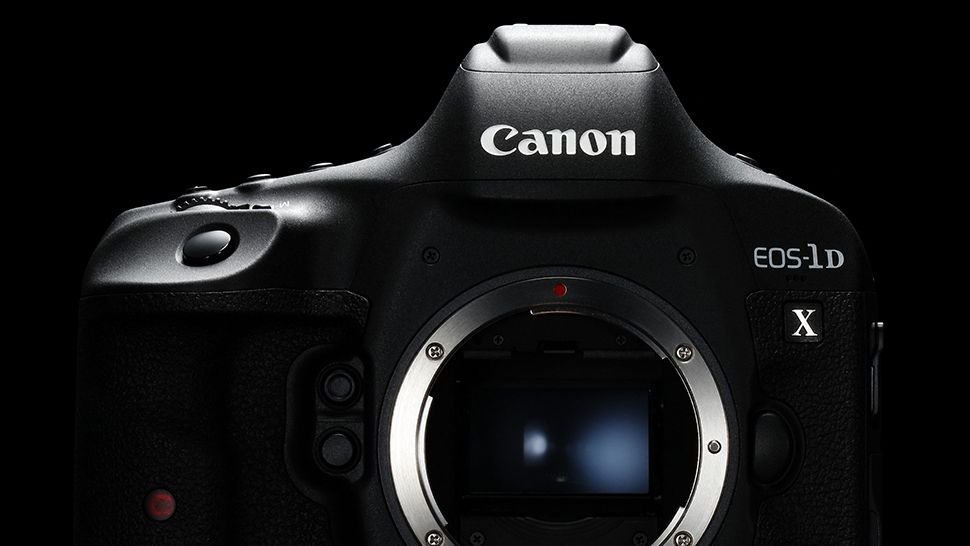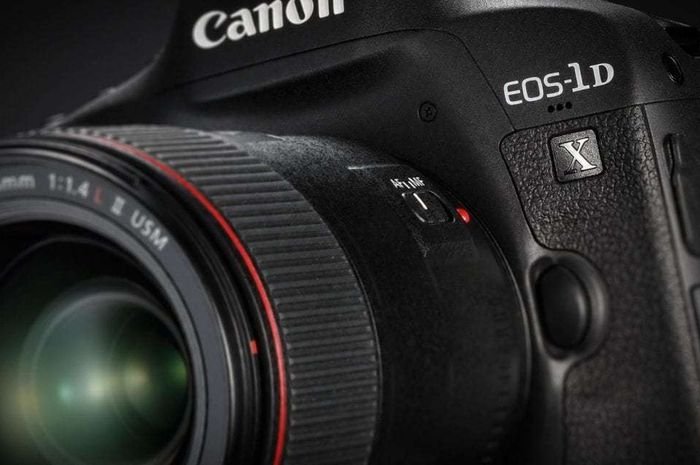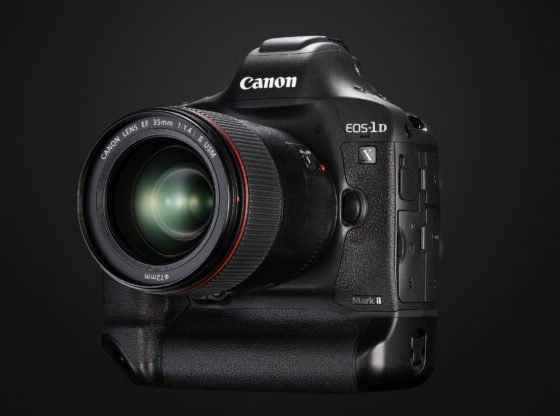The fact that Canon is developing and testing a high-end, professional-grade full frame camera tells us that the company is still very serious about DSLRs. Here’s a little background on the 1D X lineage and some details about the forthcoming 1D X Mark III. Upgrade your kit with a used camera and save tons of cash. Search for your new camera now.
Canon 1D X History, The Back Ground Before Launching Canon EOS 1DX – Mark III

Way back in 2011, the 1D X was introduced as the new flagship in Canon’s lineup. It had an 18.1-megapixel sensor, two DIGIC 5+ processors, a 61-point autofocus system, an expandable ISO range of 50-204800, 14fps continuous shooting, HD video, and more. It was (and still is) a great camera for pros that like working with DSLRs. At the time, it sold for over $6,000, so it wasn’t a cheap camera by any means.
At the time of this writing, though, you can get used a 1D X for under $2,700 in good condition. That’s still a spendy camera, but I can guarantee you it’s far cheaper than what the 1D X Mark III will be.
Canon EOS 1DX – Mark III, best full frame cameras of all time for both still photography and videography
This time, the camera sported a 20.2-megapixel sensor, dual DIGIC 6+ processors, a 61-point autofocus system, an expandable ISO range of 50-409600, up to 16fps continuous shooting, 4K video, and more. Like its predecessor, the Mark III was (and still is) a great camera. In fact, there are a lot of professional photographers that swear by the 1D X Mark III as being one of Canon’s best full frame cameras of all time for both still photography and videography. But concerns about the death of the DSLR can be laid to rest – at least for now – thanks to the news that the 1D X Mark III will hit store shelves in the near future.
The Mark III is being field tested right now. The assumption is that Canon is using 2019 to test and retool so that the official launch of the new camera can coincide with the 2020 Olympics. That assumption makes sense given that Canon usually unveils something for the Olympics, and since the 1D X Mark III is a professional camera, it stands to reason that.
As for possible specs on the 1D X Mark III, the rumor mill is lacking. Based on the previous 1D X models, though, we can expect a huge leap in sensor resolution, improvements in processing speed, and upgraded video capabilities, at the least.
Stay tuned for more details!
Canon EOS 1DX – Mark III, The professional DSLR mainstay from a renowned camera company
Canon EOS 1DX is a professional DSLR mainstay from a renowned camera company, CANON. The emergence of the Canon EOS 1DX – Mark III is as a successor to the Canon 1D series which has been present previously oriented to the sports, high resolution, and studio segments. As usual for upgrading cameras in this class, the changes are gradual and subtle but aim to raise professional photography standards.
The biggest upgrade to change the specification to 1DX is the burial of a new sensor with a resolution of 18MP full-frame CMOS chip that is capable of continuous shooting up to 12 frames per second. This is a big change compared to the 1D series that came before it. Another big change from the Canon EOS 1DX – Mark III is in the autofocus sector. Canon EOS 1DX – Mark III offers six Autofocus preset modes for shooting in various situations.
Canon EOS 1DX – Mark III preset mode, defined by the behavior of the subject: versatile multi purpose, continue shooting, ignoring obstructions, Instantly refocus suddenly with a barrier, subjects that accelerate or reduce unexpected speeds
Canon EOS 1DX – Mark III, The Subject Movement is erratic

Canon EOS 1DX – Mark III subjects that change speed and move erratically. In addition to making the autofocus system more accessible, the Canon EOS 1DX – Mark III uses a new 61-point AF sensor that has 21 cross type AF points at the center. Another change is the increase in sensor resolution so that image quality also becomes more perfect with barely noticeable noise.
In the sector of the body there have also been a number of changes, at first glance there is no apparent difference from the EOS 1D, but after careful examination there are a number of different things. The most important thing is probably the addition of a second joystick on the back of the camera, to ensure all functions remain available when using portrait orientation. This camera also features twin buttons next to the lens.


